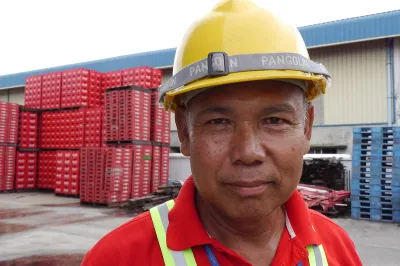Paper
Microfinance for Water and Sanitation in West Africa
How can microfinance help the water and sanitation sectors?
Download
5 pages
This paper focuses on the challenge of financing the expansion and maintenance of water and sanitation services in poor rural areas. The paper states that:
- In the water and sanitation sectors, governments, development agencies and non-government organizations (NGOs) are struggling with the need to expand service coverage into rural areas and recover costs;
- Funding limitations and inadequate cost-recovery rank as top future constraints to development;
- Innovative financing mechanisms can increase flows of local finance;
- These mechanisms need to be accessible to those who most need them;
- There is a need to identify capacities and support at the local level that can create the optimal conditions to implement these financing mechanisms;
- Microfinance is effective in this situation.
The paper describes studies that CREPA (Centre Régional pour lEau Potable et lAssainissement à faible coût) undertook in eight countries in West Africa to document experiences where microfinance was used for water and sanitation projects.
The studies focused on:
- The institutional, technical and socio-economic aspects of microfinance;
- Successes and threats of its use in the water and sanitation sector;
- Impacts of microfinance on the beneficiaries.
The paper concludes by listing the following lessons from the study:
- Microfinance mechanisms can increase and sustain water supply and sanitation to the poorest populations;
- Informed national policy on the incentives and regulatory environment can encourage increase in flows of local finance;
- Local stakeholders can play critical roles in influencing, adapting and using these mechanisms.
About this Publication
Published


